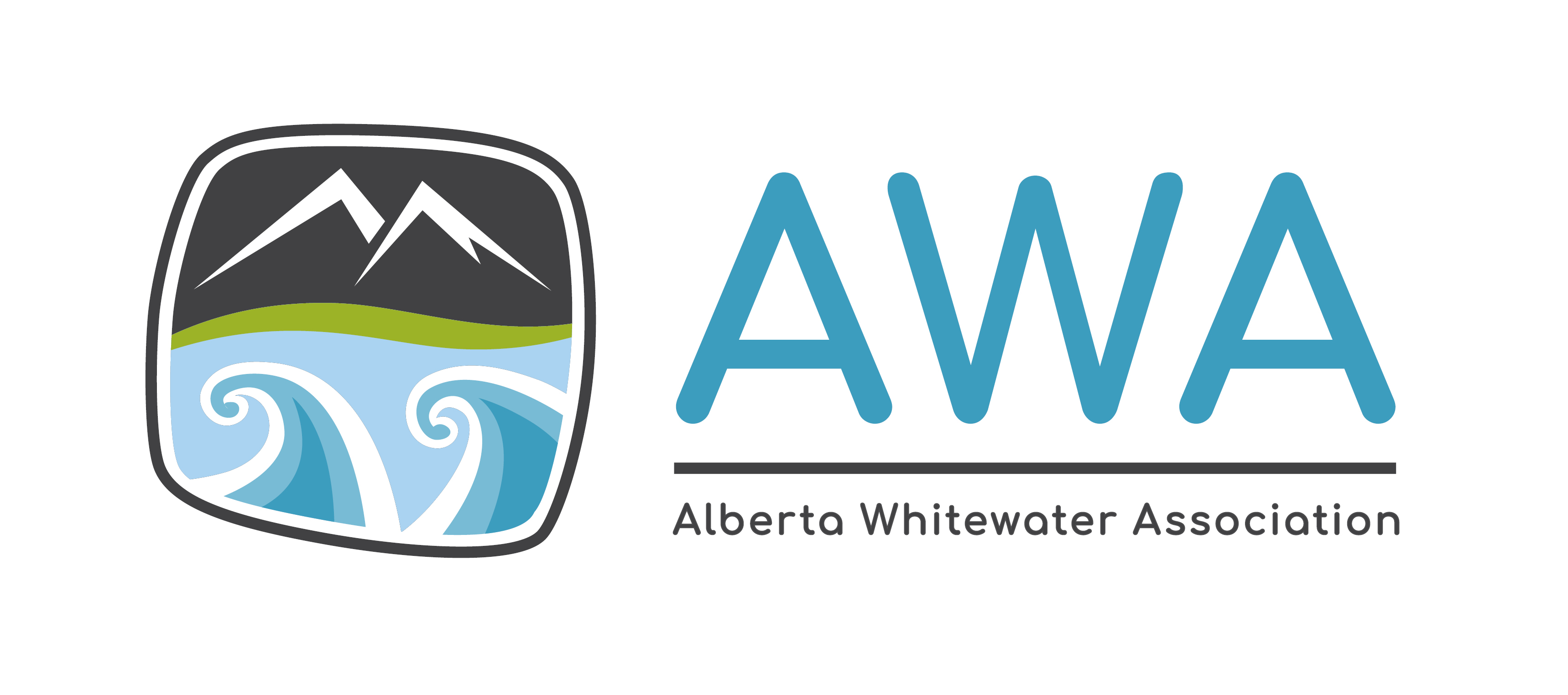Dear clubs and coaches,
Today is the kickoff of our annual safety campaign. As the ice melts across the country, paddlers will start returning to training on Canadian water. Competent coaches and sound safety practices have been key factors in maintaining a good safety record within CanoeKayak Canada. Your diligence in communicating and enforcing the code of safety will help to prevent tragedies. We will be communicating several cold water safety protocols through our social networks this week and we ask for your help in reinforcing this important message:
1. Review cold water safety protocols with your athletes and coaching staff
2. Post the message below on your website and email it to your training groups
3. Support CKC’s social media campaign by sharing through Facebook and Twitter
Cold Water Safety Message
Spring is finally here and paddlers are starting to return to training on Canadian water. Competent coaches and sound safety practices have been key factors in maintaining a good safety record within CanoeKayak Canada. Your diligence in following the code of safety will help to prevent tragedies. Please take a few moments to review the sprint, whitewater and marathon safety policies and be sure to spread the word as CKC shares safety tips through Facebook and Twitter.
While all whitewater canoeing and kayaking has inherent risks, many whitewater accidents are preventable. Here are some simple things you can do to stay safe.
Familiarize yourself with the CKC’s code of safety.
- Ensure you have proper and functioning safety equipment
Wear your lifejacket regardless of boat type or difficulty of water. A third of all whitewater accidents could have been prevented if the victim was wearing a life vest; many fatal accidents occur in very easy rapids.
· Know the river to prevent unpleasant surprises. Find out what lies downstream.
· Avoid extremes of weather and water: Very high flows and cold temperatures pose special challenges to paddlers. If you don't have the specialized gear and skills needed, wait until conditions improve.
· Avoid dams: Small low-head dams are responsible for 10% of river fatalities. Most are much worse than they look! Know the location of dams before launching on a river, and avoid getting too close to the upstream or downstream sides of them.








